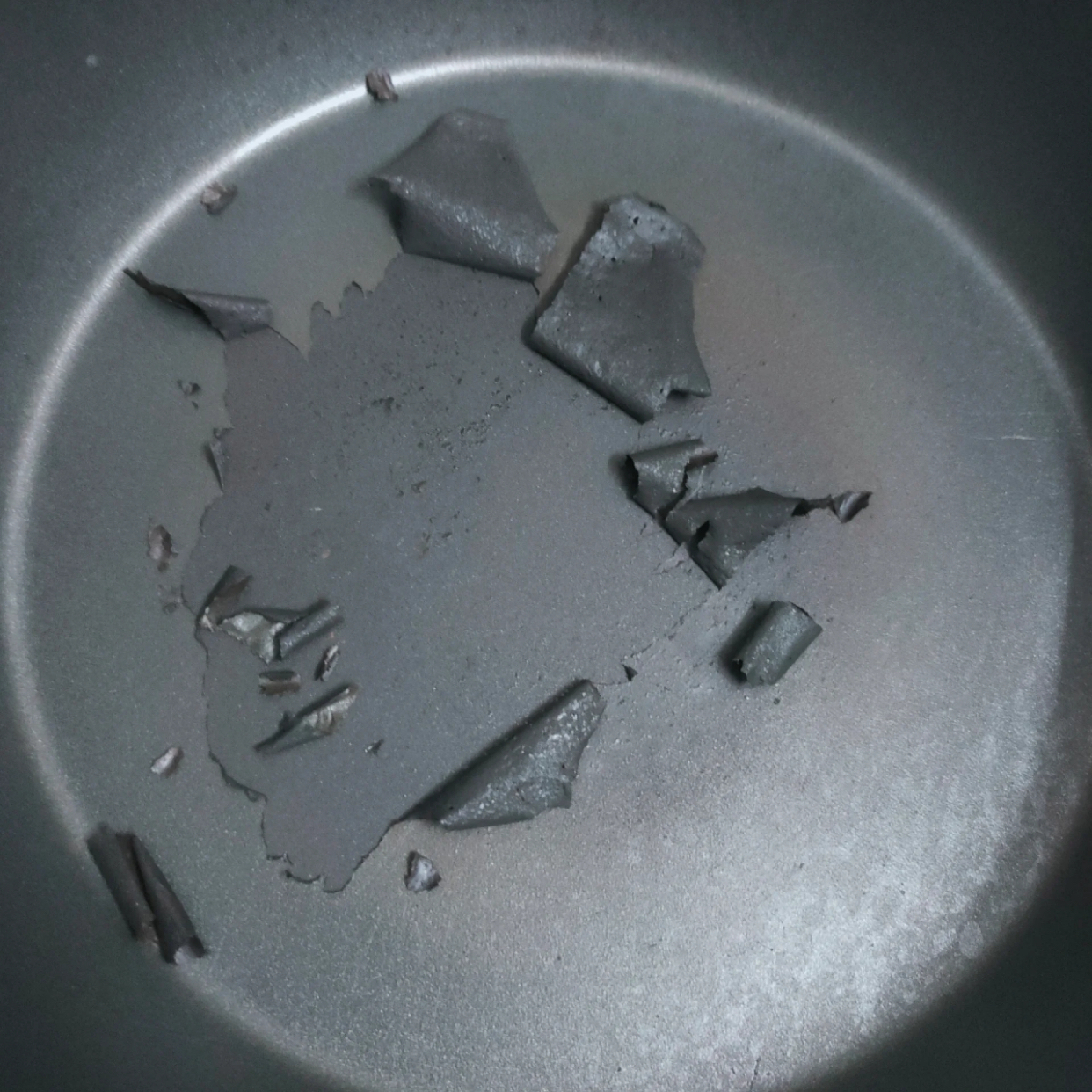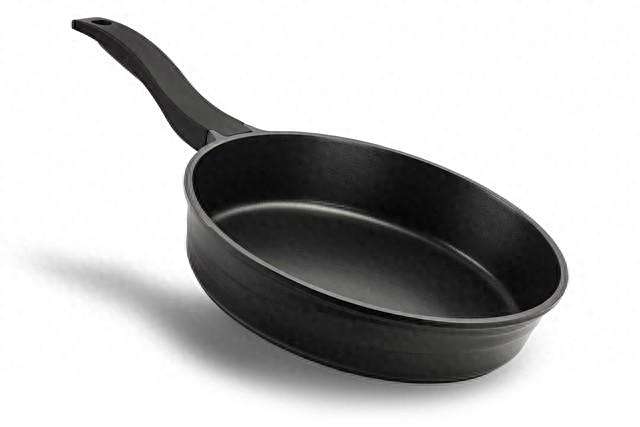I believe PTFE is safe as long as it’s used within its recommended temperature range. Its safety has been certified by organizations like ISO, the FDA, and the CFSA. The reason people are often concerned about this topic is because many non-stick pans used at home are coated with PTFE, which relates directly to health and safety. The following are my personal thoughts on the matter—I hope they’re helpful to you.
Why do people care about this issue?
Recently, a brief stir on social media was caused by a question: ‘Can the coating peeling off a rice cooker cause cancer?’ This sparked public concern about PTFE products and whether they are truly safe.

- One of the most common PTFE products closely related to people’s daily lives is the non-stick coating on cookware. Since it comes into direct contact with food and may be ingested, many people worry about whether the coating could peel off during cooking and pose a risk to their health. This raises important concerns about food and health safety.
- In the chemical industry, PTFE is used in high-temperature environments. However, if it’s exposed to temperatures close to its upper limit of 260°C for extended periods, it may age more quickly, leading to reduced sealing performance and potential safety hazards such as leaks.
- In the medical field, PTFE is used in coatings for artificial blood vessels and surgical instruments. Since these devices often remain in the body for a long time, people are naturally concerned about whether PTFE could cause any harm to human health.
The root cause of the public concern:
The public’s concern about the safety of PTFE is not without basis. There have been real incidents in the past where PTFE caused harm to human health.
Initially, DuPont in the United States used PFOA to produce Teflon. Soon after, factory workers, nearby animals, and residents began developing cancer, and female workers on the production line experienced stillbirths. Later studies revealed that PFOA is highly toxic and carries significant cancer risks.
The actual harmful substance:
PFOA, or perfluorooctanoic acid, is a man-made chemical that was widely used in the early stages of PTFE production, often as a ‘processing aid’ during manufacturing.
The reason it is used as a ‘processing aid’:
- PTFE’s monomer is hydrophobic, and the exothermic nature of the polymerization process can potentially lead to an explosion, so water is used to dissipate the heat. PFOA, with its excellent emulsifying properties, helps reduce the surface tension of water, allowing the PTFE monomer to disperse evenly in the water and ensuring the polymerization reaction proceeds smoothly.
- PFOA plays a stabilizing role in the PTFE polymerization process by preventing the polymer particles from clumping together, which ensures that the final PTFE product has good performance.
- PFOA also reduces the adhesion of the polymer to the reactor or other equipment, keeping the equipment clean, lowering maintenance costs, and improving production efficiency.
Why it is harmful:
PFOA is persistent and bioaccumulative. Once it enters soil or water, it remains there for a long time. If it enters the human body, it accumulates in fat tissue and is difficult to metabolize or excrete, leading to long-term disruption of normal physiological functions.
For example, it can affect the endocrine system, potentially causing thyroid dysfunction; the reproductive system, possibly reducing fertility; and has been linked to certain cancers (such as kidney and testicular cancer), high cholesterol, and other health issues.
As a result, most regions around the world have now restricted or banned the production and use of PFOA, and many industries have shifted to safer alternative additives.
Properties of PTFE:
- PTFE is highly chemically inert, with stable chemical properties below 260°C. In normal use, the cooking temperature of household non-stick pans typically ranges from 180°C to 220°C.
- PTFE is also biocompatible, which is why it is used to make artificial blood vessels with a lifespan of around 10 years. It is also used as a coating for surgical instruments. Medical-grade PTFE is strictly purified, free of impurities, and does not cause immune rejection or degradation by bodily fluids.、
- In the industrial field, PTFE is widely used for its corrosion resistance, typically in products such as gaskets and bearings. The substances it comes into contact with are usually strong acids, strong bases, or organic solvents, and PTFE does not react with them due to its properties.
- Industrial-grade PTFE is often used as molded products or high-temperature sintered coatings, so it doesn’t face issues like coating peeling off, as seen in non-stick pans. Additionally, PTFE products experience minimal wear when in friction with mechanical parts, and they do not produce harmful dust.
- In electronics, due to PTFE’s very low dielectric constant, it is used as insulation for cables, effectively preventing current leakage. Thanks to its high and low-temperature resistance, it can also adapt to both cold external environments and the high temperatures generated when cables heat up.
Authoritative certification:
To completely dispel public concerns about the safety of PTFE, international organizations and agencies such as the FDA, WHO, and EFSA have provided certifications.
- The U.S. Food and Drug Administration (FDA) classifies PTFE as an indirect food additive, stating that it is safe under normal usage conditions.
- The World Health Organization (WHO) recognizes PTFE as safe for food contact and harmless to human health.
- The European Food Safety Authority (EFSA) confirms that swallowing PTFE does not pose a risk to human health.
- The International Agency for Research on Cancer (IARC) classifies PTFE as a Group 3 substance, meaning it is ‘not classifiable as to its carcinogenicity to humans.’ This indicates that there is currently insufficient evidence to suggest PTFE is carcinogenic to humans.
Potential risks from improper handling:
- If a non-stick pan is overheated, and the temperature exceeds 260°C, PTFE begins to break down, releasing toxic gases and harmful byproducts such as fluorides.
- If a person inhales a large amount of high-concentration decomposition gases in a short period of time, they may develop ‘polymer fume fever,’ which can cause symptoms like chest tightness, coughing, and dizziness.
- When the temperature exceeds 350°C, the decomposition rate accelerates significantly, and the toxicity increases.
Public concerns:
Initially, manufacturers used PFOA as a processing aid in the production of PTFE. Later, it was discovered that PFOA is a toxic substance. Although it has been banned now, this has led to continued concern that non-stick cookware with PTFE coatings might pose a risk to human health. However, this worry is unnecessary, as the typical cooking temperatures for frying or scrambling eggs range from 150°C to 200°C, and even deep frying doesn’t exceed 230°C—well below the 260°C threshold. Furthermore, the U.S. FDA has clearly stated that the amount of fluorides released by PTFE-coated cookware during normal use is far below harmful levels.
Product Safety Guidelines:

PTFE non-stick pan
- First, avoid overheating the non-stick pan to prevent the temperature from exceeding 260°C.
- Add ingredients before the oil starts smoking, as the smoke point is usually below 240°C.
- When using utensils with the non-stick pan, choose silicone, wood, or nylon spatulas to avoid scratching the coating with hard tools like metal spatulas or steel wool, which could cause the coating to peel off and be accidentally ingested.
- When cleaning, make sure to let the pan cool naturally to avoid cracking the coating due to sudden temperature changes.
PTFE sealings
- For household seals, avoid direct contact with high-temperature items like ovens to prevent decomposition from high heat.
- For industrial seals, avoid excessive pulling or friction during installation to prevent the outer layer from wearing down, which could lead to insulation failure or peeling.
Ways for different stakeholders to mitigate risks:
Consumers
- When purchasing PTFE products, make sure to check the label for the maximum temperature tolerance and avoid products without proper labeling or certification.
- If the PTFE coating starts peeling off extensively, it should be replaced promptly.
Manufacturers
- When manufacturing PTFE products, high-quality raw materials should be selected and purity tests should be conducted to ensure no impurities are present in the materials. Production technology should be kept up-to-date with continuous innovation to ensure the performance of PTFE products.
- A recycling plan should be implemented to collect and process non-compliant or discarded PTFE products, avoiding improper disposal that could lead to environmental issues.
Regulatory authorities
- Establish clear quality standards for PTFE products.
- Conduct regular market inspections and sampling.
- Educate the public on safety knowledge.
결론
When used correctly, PTFE is safe and non-toxic, posing no harm to human health. Danger only arises from improper handling.



